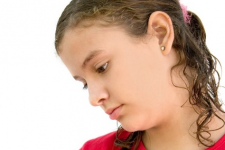Warning Signs: Who Abuses Children?

When we know the warning signs of potential abuse, we may be able to minimize or prevent abuse from happening.
“Warning sign” is really just another way of saying “opportunity for prevention” – a chance for caring adults to recognize a possible risk and to take action to protect […]
Protecting the Child Against Abuse: Identifying the Characteristics of Child Abusers
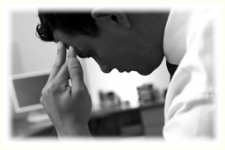
As a teacher, child abuse has and always will be a major concern. It is important that we do all we can to protect the child from abuse. Identifying the characteristics of child abusers helps us identity possible situations of abuse.
However identifying child abusers isn’t easy. People are unique and it is not […]
Developing a Strategy for Child Safety on the Internet
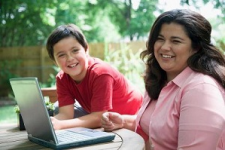
As parents and educators, we are responsible for protecting our children and the online world magnifies those opportunities as well as complicates the ways in which we must be aware.
Through the internet and phone networks that teens use everyday, they have easy access to others, and are easily accessible by others. Electronic communication […]
What is Emotional Abuse?

Most States include emotional abuse or “mental injury” in their definitions of abuse or neglect because an action does not need to include force, physical contact or harm in order to be considered abusive.
Emotional abuse may include constant criticism, threats, or rejection, as well as withholding love, support, or […]
Leaving a Child Home Alone or What Age to Babysit?
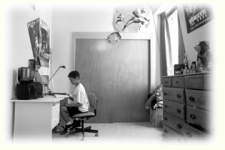
Most States do NOT have regulations or laws about when a child is considered old enough to stay home alone or to babysit other children. Some states have guidelines or recommendations.
It is estimated that over 40% of children are left home at some time, though rarely overnight. Following are links to resources and […]
What is Child Neglect?
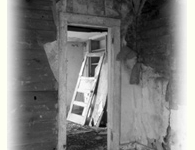
While physical abuse tends to happen in specific instances or events, neglect tends to be more on-going.
Neglect often leaves no visible scars and therefore is more likely than physical abuse to go undetected. Furthermore, children may grow up believing that their circumstances are a normal way of life […]
What is Physical Abuse?
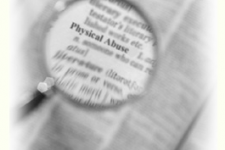
Each State provides a definition for physical abuse. It is generally defined as “any nonaccidental physical injury to a child,” and can include:
Punching, beating, kicking, burning, biting, shaking, throwing, slapping, inappropriate restraint, stabbing, choking, hitting (with a hand, stick, strap, or other object), burning, misuse of medications […]
